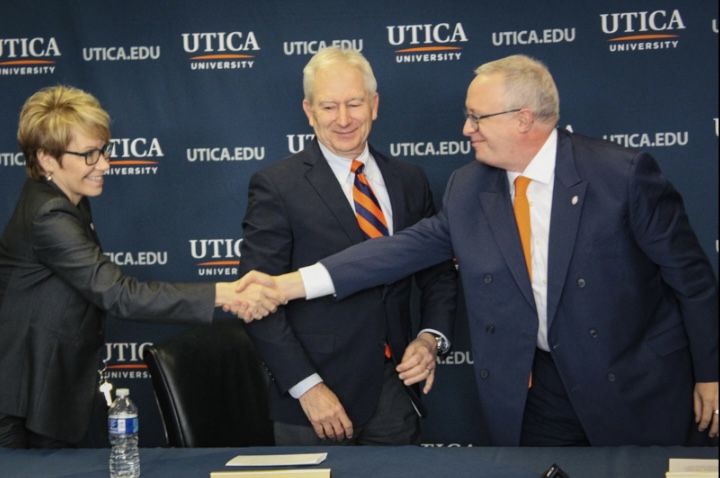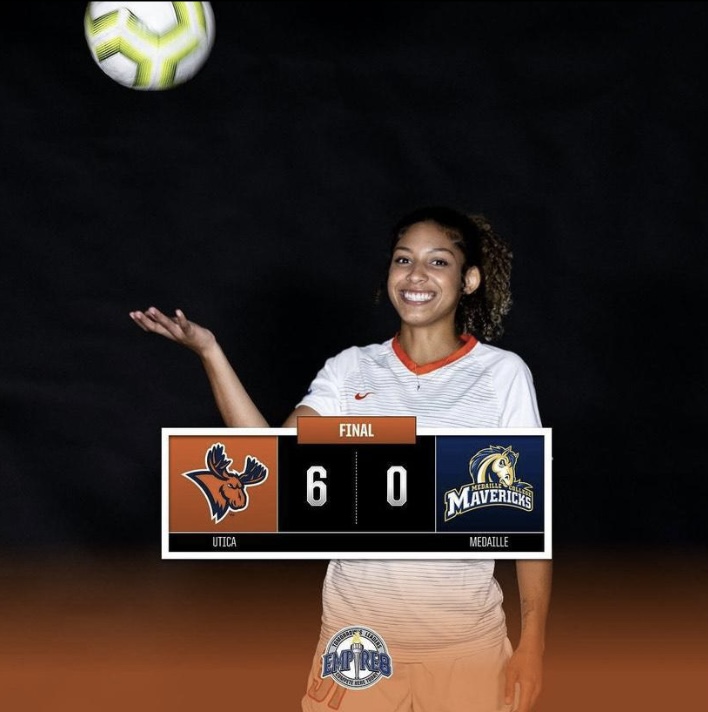The United States strives to be the best in everything. The U.S. is a melting pot of people from all different places with an untapped market in soccer. It’s only a matter of time the influence of the sport in the country makes its way across the pond in both popularity and talent.
The U.S. already has young breakout players at Europe’s top clubs, giving the U.S. men’s national team a sense of hope. The development system is still receiving more investment.
The market for soccer in the U.S. has more potential now than ever. Rich European clubs are trying to gain more voting rights based on affluence, while their fans and smaller clubs are reluctant to give power to such wealthy clubs.
Major League Soccer on the other hand has been adding expansion clubs and has been seeing higher viewership. During the 1997 season, MLS averaged an attendance of 14,603 fans per game whereas the 2019 season averaged 21,310 fans per game. Expansion clubs like the Seattle Sounders and Atlanta United have consistently topped attendance statistics since their entrances into the league, with Seattle averaging 40,719 fans per game and Atlanta averaging 51,237 fans per game. These are the untapped opportunities and markets that are in the states.
Brian Marcantonio, Utica College’s men’s soccer coach, said the gap of talent between the United States and the rest of the world is becoming smaller.
“The gap is narrowing and I think we’ll be a legit world power in soccer come 2035-2040,” he said.

The U.S. national team already has a few players that play for Europe’s top-flight clubs. Christian Pulisic has bagged 12 goals and 10 assists in 39 games for Chelsea. While young Barcelona star Sergio Dest recently decided to play for the U.S. over the Netherlands. A wealth of other young Americans who play overseas are declaring to play for the U.S.
The United States faced Wales with an average age of less than 23 in the starting lineup, the ensemble included two players from FC Barcelona and one a piece from Manchester City, Juventus, Borussia Dortmund, RB Leipzig, Wolfsburg. Valencia, Fulham and Anderlecht. This fixture resulted in a tie, but they then went on to defeat Panama 6-2 the next game.
The men’s youth system has been criticized for the pay play factor making the sport expensive and less accessible.
The Guardian’s Steve Brenner noted the costs of youth soccer in the country, which outweighs all other countries in the western hemisphere.
“The Development Academy system – which operates in both MLS and non-MLS markets – is expensive to participate in,” Brenner said. “Costs range from $2,400 to more than $5,000 compared with around $2,000 per year for a regular team affiliated to the sport’s governing body.”
In other countries, soccer is more accessible due to its high popularity but it is also one of the cheapest sports to play requiring no equipment except a ball.
Although the costs of the sport are relatively high in this country compared to others, MLS is still investing what Commissioner Don Garber reports to be $100 million in youth and development programs in the U.S.
Marcantonio has been on the receiving end of this investment with the college’s soccer team. He believes that development in this country is still a work in progress, but it’s better than where it was one decade ago.
“I think there’s always minor changes and tweaks to be made, but it’s in a really good spot, especially compared to 10-15 years ago,” he said. “The money being poured into the youth system from MLS is having a huge impact. Plus, base salaries are now high enough to fit it as a viable option for kids to go straight to the pros instead of having to go the college route.”
Nick Bibbs, Syracuse men’s soccer alumni and current director of soccer at Accelerate Sports Complex, said the youth system is building a non-traditional development structure.
“The current development structure has its pros and cons,” he said. “I think we’re slowly figuring out what works for us here in the U.S.”
The allocation of the budget and resources are being re-evaluated. The development system is improving. While breakout players along with the success of the women’s team have increased the popularity of the sport.
The trends have been created and developed. The U.S. has to keep on the right foot in the next decade and beyond to even get past the Round of 16 in the World Cup. However, the pieces are certainly in place to possibly win it all in the very near future.



















